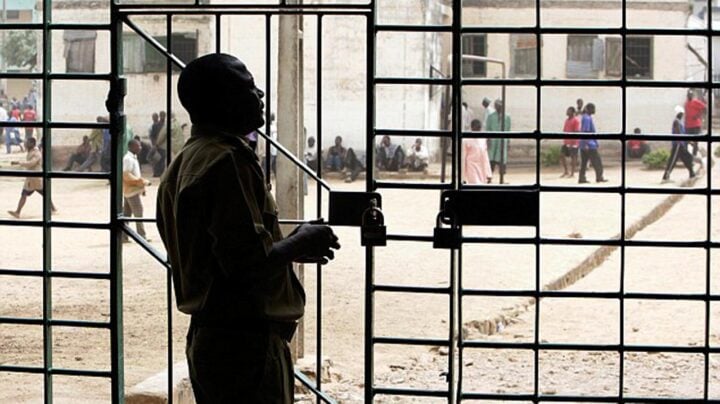S/Africa, Egypt, Nigeria account for a third of Africa's external debt stock
A recent report released by the African Export-Import Bank (afreximbank) says three countries, South Africa, Egypt, and Nigeria, are responsible for one-third of Africa’s external debt stock.
The report titled, ‘State of Debt Play in Africa and the Caribbean’, offers a comparative and forward-looking analysis of debt dynamics across Africa and the CARICOM region, using a debt sustainability analysis (DSA) framework to examine emerging vulnerabilities, fiscal constraints and macroeconomic trajectories.
The report shows that South Africa accounts for 13.1 per cent of Africa’s external debt stock, closely followed by Egypt with 12 per cent just as Nigeria holds 8.4 per cent.
It notes that other substantial borrowers include Morocco, which accounts for 5.9 per cent, Mozambique, with 5.4 per cent, Sudan, with 5.2 per cent, and Kenya, with 4.1 per cent.
The report shows that over 30 per cent of the continent’s foreign debt is distributed among smaller economies categorised as “others”. It said this debt concentration amplifies systemic risks.
“Fiscal distress in any of these countries could trigger wider regional repercussions through investor sentiment, trade interlinkages, and cross-border financial channels,” the report warns.
It adds that in Africa, the debt landscape has entered a period of cautious stabilisation following the severe fiscal and economic dislocations induced by the COVID-19 pandemic and global monetary tightening.
“Nevertheless, systemic vulnerabilities continue to pose significant challenges. With private creditors accounting for a growing share of debt, exceeding 40 per cent in some economies, there is increased exposure to market dynamics and refinancing pressures,” it states.
Nigeria has been struggling with a huge debt burden, which hit N144.6 trillion in December, with external debt accounting for N62.917 trillion.
In the year, debt service gulped N13.12 trillion, a 68 per cent increase from N7.8 trillion in 2023.
Though the rising debt and debt service costs could be attributed to the depreciation of the naira which lost 69 per cent of its value against the dollar between June 2023 and March 2025, the impact of the heavy debt servicing costs on the economy is significant.
It gulped a significant part of the revenue and limited the country’s ability to spend on critical social services like education, health and social infrastructure.
The report says concurrently, debt service obligations remain disproportionately high, especially in countries with narrow export bases and pro-cyclical revenue streams, rendering fiscal planning precarious.
“Africa’s path to sustainability depends on structural reforms to expand fiscal space, reduce external dependence, and boost domestic resource mobilisation. Accordingly, a clear shift from extractive, commodity-led growth to diversified, productivity-driven economies cannot be overstated.
“Between 2023 to 2025, Africa’s debt outlook has modestly deteriorated. Revised projections from April 2024 increased expected debt-to-GDP ratios by 0.5 per cent in 2024 and by a further 0.8 per cent in 2025 compared to the October 2023 projections.
“These upward revisions signal deteriorating near-term fiscal pressures, driven by underwhelming revenue performance, persistent expenditure pressures – including essential subsidies and public sector wage commitments and fragile post-pandemic recovery spending,” it states.
It says the depreciation of local currencies has increased the domestic cost of servicing foreign-denominated debt, particularly in countries with limited foreign exchange buffers.
These factors, it says, collectively underscore constrained fiscal space and stalled consolidation momentum.
However, by contrast, the report says the medium-term (2026-2029) outlook reflects cautious optimism.
Forecasts for these years according to the report, have been revised downward relative to earlier estimates, with debt ratios expected to decline by 0.4 per cent in 2027, 0.6 points in 2028, and one point by 2029.
“These adjustments suggest anticipated reforms in public financial management, improved debt transparency, revenue-enhancing measures, and resumption of growth-supportive fiscal and monetary frameworks,” it says.
It, however, notes that these projections hinge critically on policy execution, governance continuity, and stable external financing conditions.












